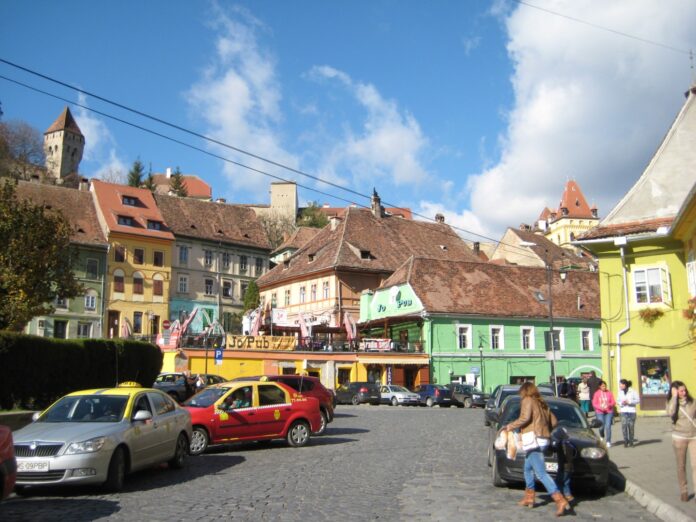© Photos and Text by Okay Deprem http://www.northtravel.org/
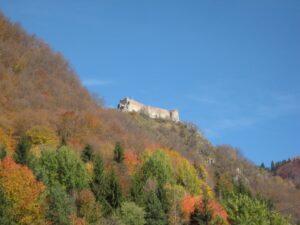
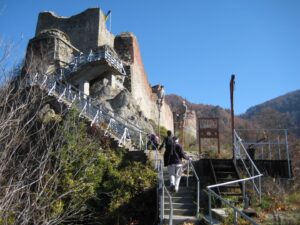
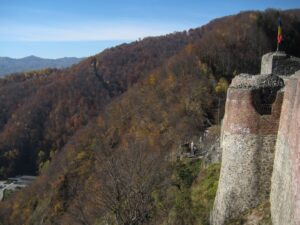
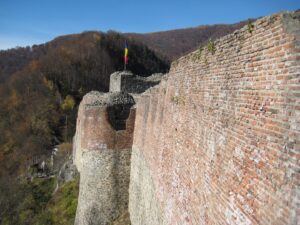
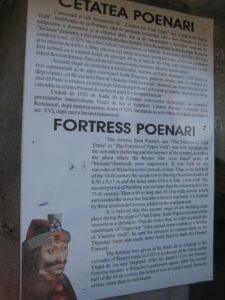
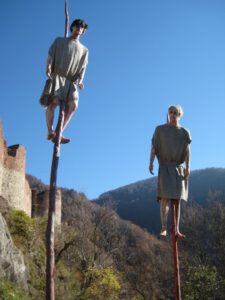
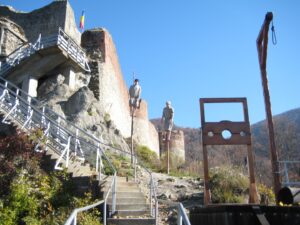
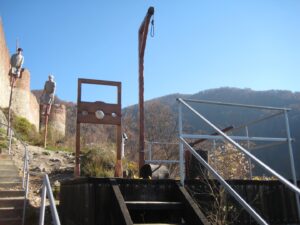
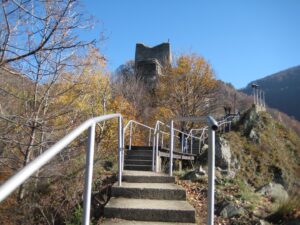
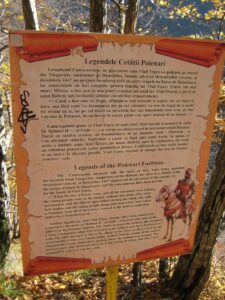
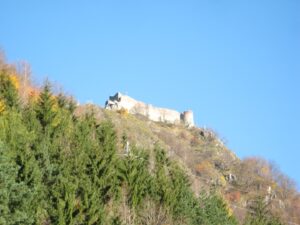
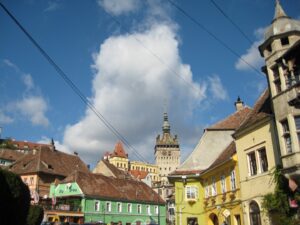
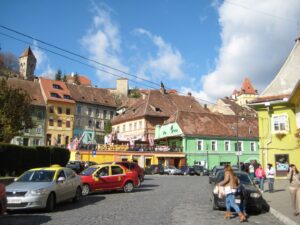
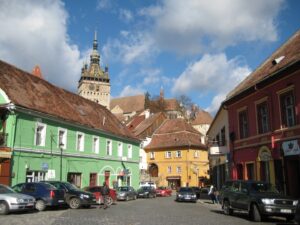
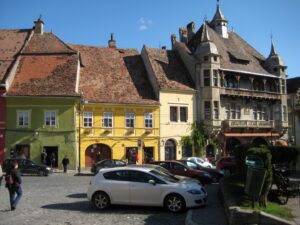
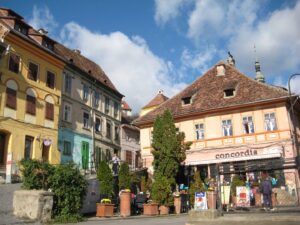
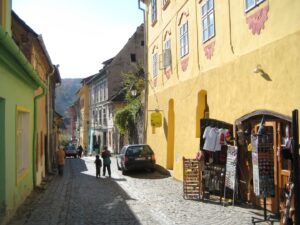
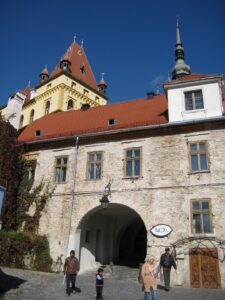
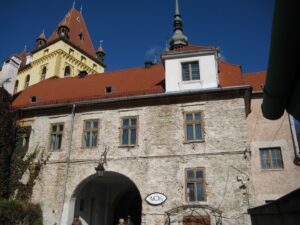
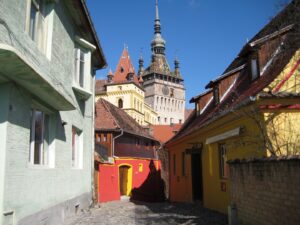
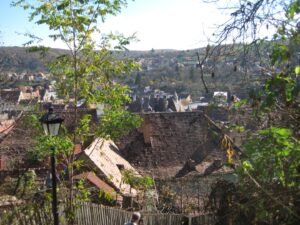
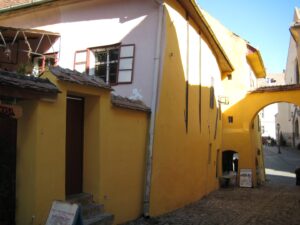
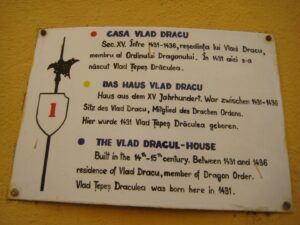
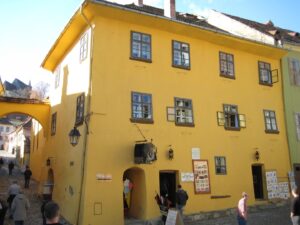
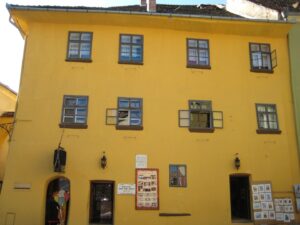
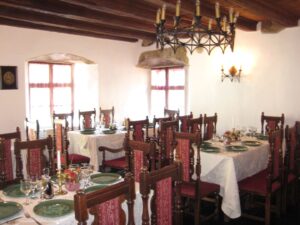
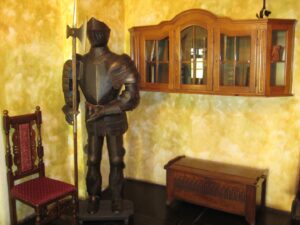
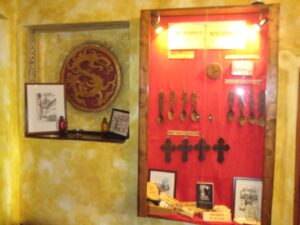
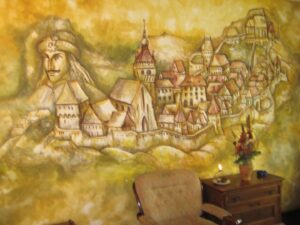
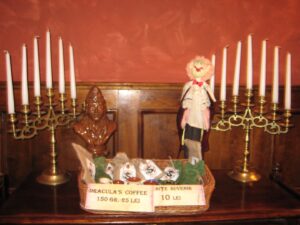
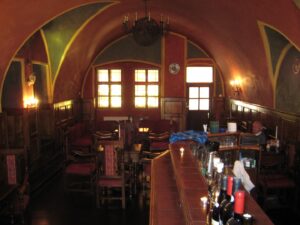
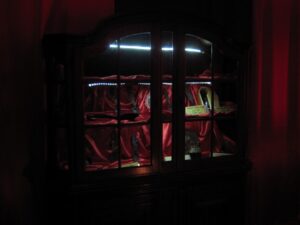
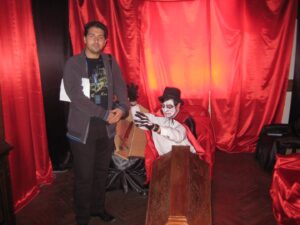
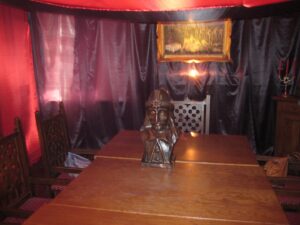
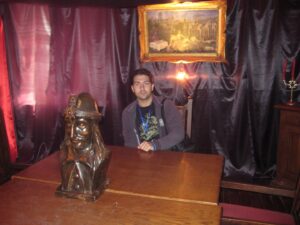
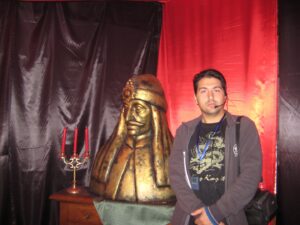
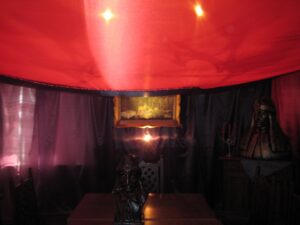
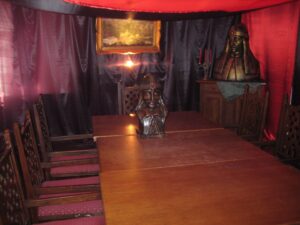
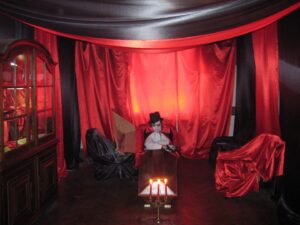
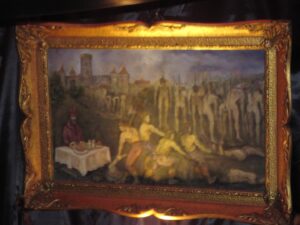
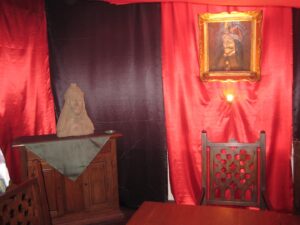
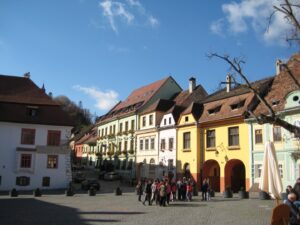
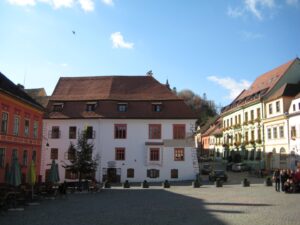
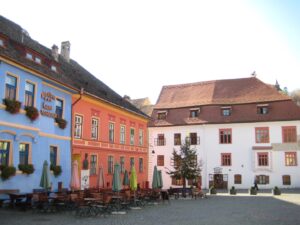
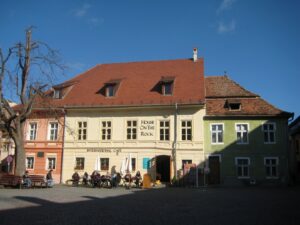
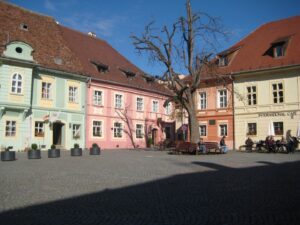
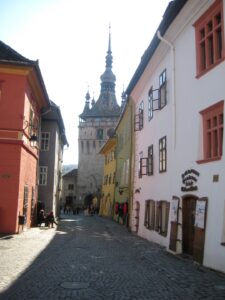
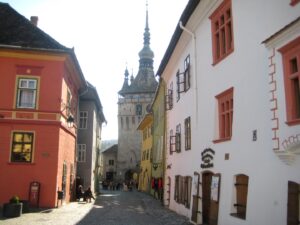
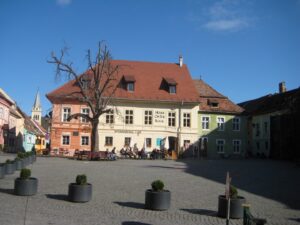
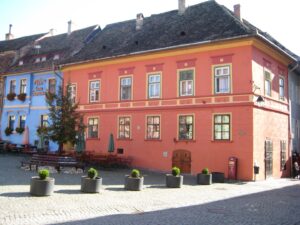
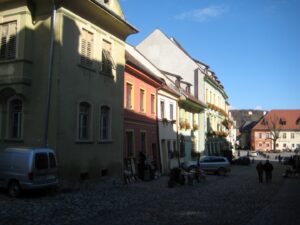
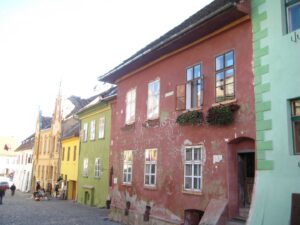
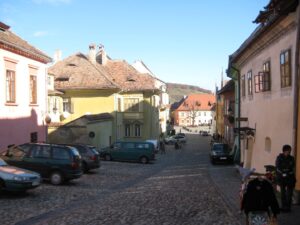
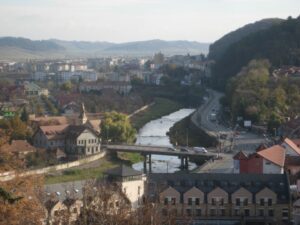
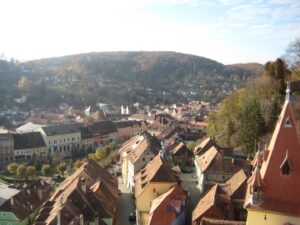
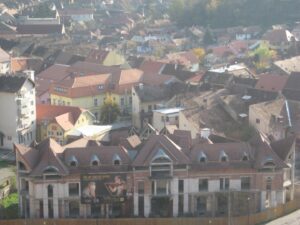
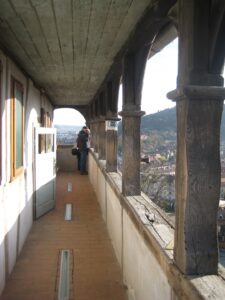
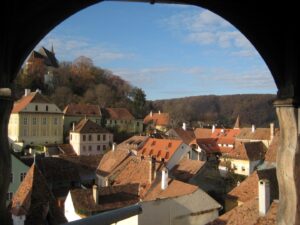
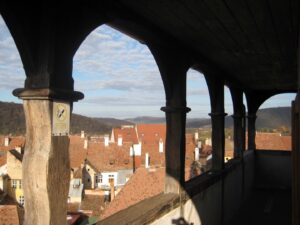
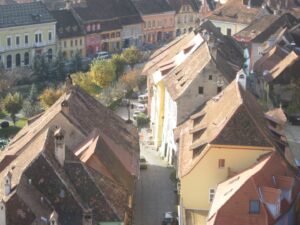
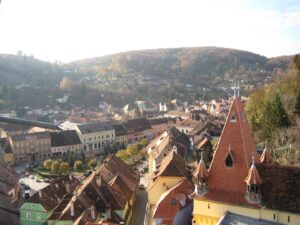
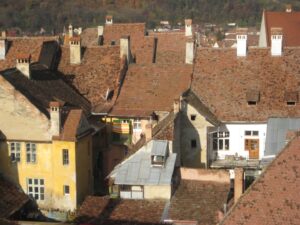
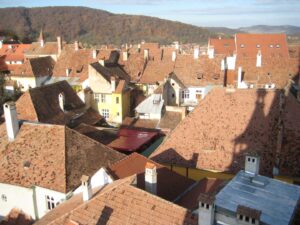
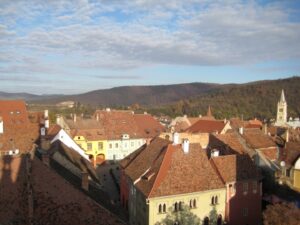
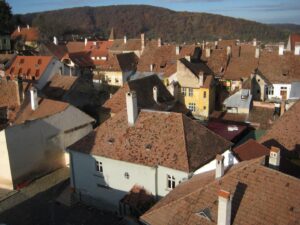
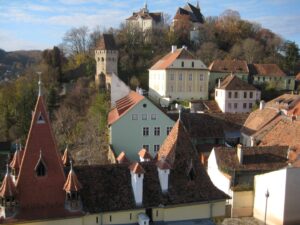
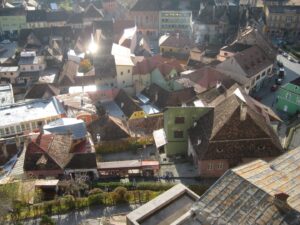
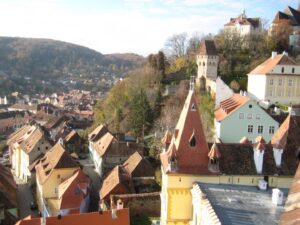
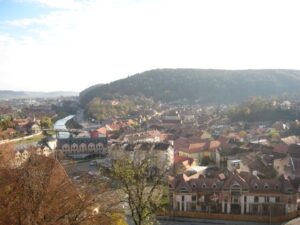
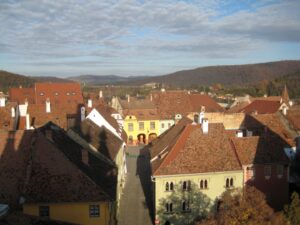
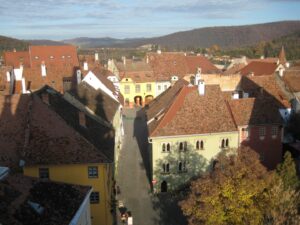
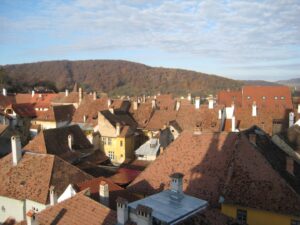
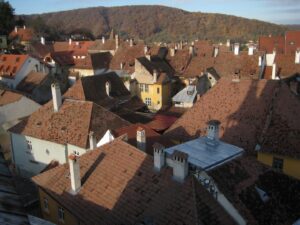
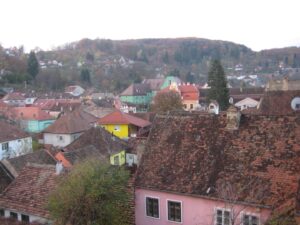
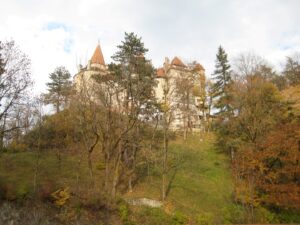
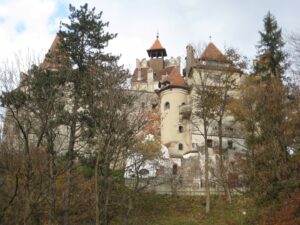
The name and legend of Dracula has been on our agenda in two ways in the last century. First; As a result of the Irish novelist Bram Stoker’s book “Dracula” written at the end of the 19th century. The second is; One of the legendary directors of the silent cinema era, German director Friedrich Wilhelm Murnau’s unforgettable film, “Nosferatu”, which is also known as the first of countless cult films shot on the myth of Dracula, is the result. Adapted for the big screen in 1922 and the masterpiece of German expressionism, the work was also based on the famous novel by Bram Stoker.
Since then, the first and most familiar images that come to mind when talking about Dracula; sitting in a huge gothic castle full of mystery surrounded by foggy weather and cloudy sky at the time of the full moon; it is a portrait of a psychopath-sadistic murderer, who is covered in blood, who drinks blood, who is a human dealer. “Transylvania” always takes place in the collective memory as the geography that is thought to be home to the person who has almost become a myth with such images. Erdel, as we know it, is a historical and geographical mountainous region in today’s Romania… Although this information is not one hundred percent correct; The person in question is none other than Vlad Tepeş III, who has been feeding the horror and thriller literature, tales and myths all over the world for a century, and who takes his name from his father, who is known around the world. Known as the “Voivode with Impaler” in both the European public and the Ottoman world during his lifetime, III.Vlad Tepeş was the prince of the Wallahya region, or the Wallachian Province as the Ottomans called it, in the middle of the 15th century. His previous story, on the other hand, contains a real veil of secrecy. The reason is hidden in Tepeş’s personal and political relationship with the Ottoman Empire, which started from his childhood.
Feed the crow, let it cut out your eye!
It’s all about Dracula’s father, World War II. It begins with the defeat of Vlad against the Ottomans in the war in the early 1440s. Among the captives taken by the Ottoman forces after the war, Vlad’s son, in other words, III. There is also Vlad. He lived under the auspices of the Ottomans for 6 years in his childhood. The place where Vlad, who was only 12 years old when he was captured by the Ottoman raiders, stayed; Due to the fact that it was destroyed by the Bulgarians in the Balkan Wars, today is the famous Edirne Palace, where the winds blow. Before the capital city of the state was moved to Istanbul, since the center of the administration was Edirne, II. Mehmet (Fatih) used to live here as well. It is known that they attended the lectures given by Molla Gürani together.It is a complete mystery how the character of Vlad III, who will be a fierce Muslim and Turkish enemy in the future, was shaped in this way as a result of what kind of influences and events, before returning to Wallachia after he left the palace and regained his freedom. In short, what was going on in that short historical period of time remained in the dark pages of history and went to a kind of grave with the deceased.
The origin of the name and after the departure from the Ottoman Empire…
His later nickname “Tepeş” was given by the Vlachs, the main ethnic group in Romania at that time, and meant “executioner”. On the other hand, the surname “Drakul”, which he inherited from his father, had the meaning of “devil”. That is, together with “Demon Executioner III. Vlad”!!..
III. Although Vlad tried to lead Wallachia with the push of the Ottomans while the Second Kosovo War was still going on, he could not succeed and the current voivode (prince) of Wallachia, supported by the Kingdom of Hungary, II. He was defeated by Vladislav and subsequently went into exile in Moldavia. He turned the situation of Erdel Bey’s giving a unit to Vlad to undertake the defense of southern Erdel while he was going to Belgrade to defend the city against the Ottomans, to his advantage, and immediately organized an expedition to Wallachia and II. By killing Vladislav, he becomes the new prince of Wallachia.
Sultan II. Shortly after receiving the title of Fatih, Mehmet Fatih made a historical mistake that he could not foresee in any way, with the support he gave to Vlad Tepeş, who made a special effort to establish good tactical relations with him, even if it was a trick at that time, to come to the Principality of Wallachia in this way in 1456. it gets thrown. At first, Dracula, who was appreciated by regularly paying taxes to the Ottomans and defeating the enemies on the border of the empire many times, soon went through an almost psychopathological inner transformation and became the biggest sado-maniac human butcher in history, and it was time for the blood bath for Wallachia and its surroundings.
Vlad Tepes III is Up for Duty as a Late Medieval Terminator!
Tepeş, who first started to ignore the Ottomans about taxes, taking advantage of Mehmet the Conqueror’s involvement in the looting and conquest of other lands in the Black Sea Basin and the Peloponnese, and then massacred the envoys and delegations sent by unimaginable tortures; In time, it will spread its cruelty to all Danube lengths with its south and north. The deeds of the notorious Count Dracula, whose cruelty, cruelty and murderousness spread from language to language, from village to village during his first reign of 6 years, were described at length, especially in German, Central European and Russian sources.
The most well-known technique of Tepeş, which went down in history with the new torture methods it invented; is to get people killed, mostly alive, by putting them on stakes. It was based on the fact that people, who first had their arms and legs broken, put their breeches on sharp stakes, pierced their internal organs step by step, and died in pain and suffering over time, causing internal bleeding and tears in the person. It is described in many sources that he ate a square meal out of pleasure in the ring formed by the people he had impaled. One of the most famous of the tortures that exceeded the limits of imagination, especially against the Ottoman Turks,It was an anecdote confirmed by many sources that one day, after gathering all the beggars of the city and giving them a feast, he set the table on fire and burned them alive. It is known that the Ottoman ambassadors and representatives, who did not want to take off their turbans and turbans, had their heads directly on their skulls.
Vlad Tepeş, who gradually loses himself and gets out of his mind, has his job; It goes as far as the blood-curdling methods of cutting off women’s breasts and having their children’s heads sewn instead. Again, he adds savagery to his savagery with torture techniques such as having his children cut and boiled in their mothers and their mothers in cauldrons, this time forcing their children to eat them. Incidents such as tearing the belly of her lover who says she is pregnant, and impaling a priest with his donkey are now ordinary and ordinary moves for Dracula.
Bran Castle identical to Dracula
As part of our long-term cultural tour to Romania, we also visit the castles identical to Vlad Tepeş III Dracula and see the house where he was born. The fact that the brother of a Canadian citizen in our group is also the author of the last book written on Dracula adds a different atmosphere to the subject: “Vlad – The Last Confession / CC Humphreys” In the early 13th century, in a part of Wallachia, which was then called “Burzenland”, in the Carpathian Mountains. Bran Castle, which was founded by Teutonic knights of Germanic origin in order to hold the deep valley where it started, is only 45 minutes away from the famous culture and tourism city Braşov today. The famous gothic castle Bran, located right on the border of the Erdel and Wallachian Principalities of the time, is among the national monuments of Romania today. Although known as the main castle in Bram Stoker’s Dracula,in fact, Vlad Tepes only passed through here a few times and probably stayed for short periods. Today, works of art and furniture from Queen Maria can be seen inside. On the other hand, with the arrangements made between 2006 and 2009, the ownership of the world-famous castle was given to the grandchildren of its former heirs, and then the management of the castle and museum was handed over to the archduke family in the same way.
The house where Vlad Tepeş was born in Sighişoara
The house where the bloodiest name in Romanian history was born and which is now a museum, is ironically located in one of the most beautiful cities of the country. Sighişoara, which was included in the “World Heritage List” by UNESCO and declared “the best preserved medieval city in Europe”, is also called Schaesburg in German, aside from the strangeness of its name. As you descend from the central square, Piata Cetatii, the following is written at the entrance of the 3-storey, slightly curved and high-roofed yellow building standing in the corner on the right facade: “14-15. It was built between centuries. Between 1431 and 1436 it was the residence of Vlad Dracu (Dracula’s father). Vlad Tepes Dracula was born in this house in 1431”. Today, the second and third floors of the house, which is a gift shop before the main entrance, and a Dracula-themed and cool cafe-restaurant on the ground floor, is a museum. Those who expect a lot of personal clothes and jewelry about Dracula may dream of silence, but still, this memorial-museum is beautifully designed from the bottom up as an ambiance. After seeing the guns, portraits and pictures left by him, one goes upstairs to the main floor, accompanied by New Age music with the theme of horror and tension. Here, busts of Vlad Tepeş, a dining table, eccentric candlesticks, curtains, etc., accompanied by a show performed by a man in a vampire costume in the entrance hall. visible at first glance.
The real Dracula Castle in the Carpathians: Poenari
III. There is a castle where Vlad Tepeş lived for a long time, but which is more or less in ruins today. The entrance of the famous castle can be reached in half an hour with exactly 1500 stairs and an average climb from the river valley passing below in the Argeş region. The castle, which sits on a huge rocky mass, is covered with natural and ancient forests and dominates all around. The castle, which was built by the rulers of the Bessarabia region, which would later be named Moldova, in the 13th century, has been one of the residences of the Wallachian princes since the 14th century. Realizing the strategic value of the location of the castle, Vlad the Impaler, who had it repaired and strengthened, used this place for many years. n.During the Ceausescu period, in the 70s and 80s, believing that this was the castle that Bram Stoker described in his famous novel, countless foreign tourists tried to spend the night inside the castle and opened exceptional pages in the history of the building. However, after a Dutch researcher named Hans Corneel de Roos, based on Stoker’s manuscripts, the castle, which the Irish novelist meant and described at length, is exactly 200 km from Poenari Castle. It turned out to be another castle located at an altitude of 2000 meters in the Carpathian Mountains, on the northeastern side of Transylvania. Indeed, Stoker had neither seen nor heard of this castle in his life. In the TV series “Da Vinci’s Codes”, which recently played on a Romanian television channel, Leonardo Da Vinci brought Vlad Tepes III here,that is, it was shown on the way to visit Count Dracula…
“This article was published in the monthly journal ‘Hayat Dergi’.”

